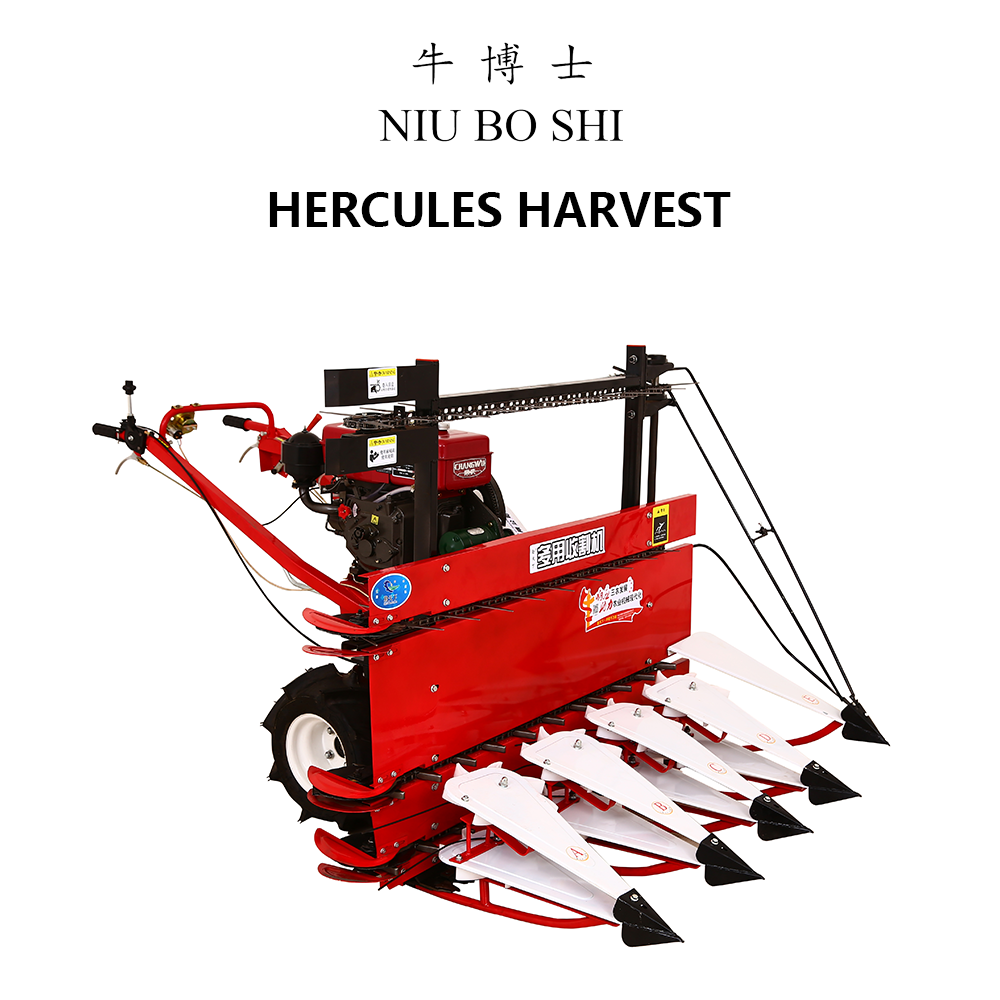Efficient Harvesting Solutions with Advanced Reaper Machines for Modern Agriculture
The Reaper Harvester Machine Revolutionizing Agriculture
In the world of agriculture, efficiency and productivity are paramount. Among the multitude of innovations that have transformed farming practices, the reaper harvester machine stands out as a groundbreaking development. This machine is designed to simplify the harvesting of crops, enabling farmers to streamline their operations while maximizing yield. Understanding the history, functionality, and impact of the reaper harvester offers valuable insights into its role in modern agriculture.
Historical Context
The reaper harvester was invented in the early 19th century, a pivotal moment in agricultural history. Prior to its invention, harvesting crop fields was a labor-intensive process that required extensive manpower. Farmers relied on sickles and scythes, tools that were effective but slow and cumbersome. The advent of the reaper machine, particularly the one patented by Cyrus McCormick in 1834, marked a significant shift. McCormick's machine could cut down crops much faster than a group of manual workers, leading to an increase in productivity and a need for fewer laborers during the harvest season. This invention laid the groundwork for further innovations in agricultural machinery.
Functionality of the Reaper Harvester
The reaper harvester machine combines several essential functions in the harvesting process. The primary components include a cutting mechanism, a conveyor system, and a gathering augmentation. The cutting mechanism typically employs sharp blades or a sickle bar to sever the stalks of crops, such as wheat, barley, or oats. As the machine moves through the fields, the conveyor system collects the cut crops and transports them to a designated area for bundling or direct transfer into a storage container.
Modern technological advancements have significantly improved the design and efficiency of reaper harvesters. Many contemporary models are equipped with hydraulic systems, GPS technology, and computer controls that enhance precision and reduce operator fatigue. Some machines integrate advanced features like auto-steering, which allows for optimal coverage of farmland, and crop sensors that adjust the machine's settings based on the type and density of the crop being harvested.
Economic and Environmental Impact
reaper harvester machine

The introduction of the reaper harvester machine has had profound implications for agriculture. Economically, it allows farmers to harvest larger areas of land in a shorter time and with less labor. This efficiency contributes to lower production costs and increased profitability, enabling farmers to sustain their livelihoods and contribute to local economies.
Moreover, the reaper harvester machine can also positively impact environmental sustainability. By minimizing the time crops remain in the field post-maturation, the machine reduces the likelihood of spoilage or loss due to inclement weather or pests. Some advanced models are designed to minimize soil compaction and improve crop residue management, contributing to healthier soil and agricultural practices.
Challenges and Future Prospects
Despite the numerous benefits offered by the reaper harvester machine, challenges remain. The initial cost of purchasing and maintaining the machinery can be substantial, particularly for small-scale farmers in developing countries. Additionally, the reliance on technology may lead to a decline in traditional farming knowledge and practices.
Looking to the future, the evolution of the reaper harvester is poised to continue. With the rise of automation and smart farming technologies, we can expect even more efficient designs and functionalities. Innovations like autonomous operation, real-time data analytics, and improved energy efficiency will further enhance the capabilities of these machines, making them indispensable tools in agriculture.
Conclusion
The reaper harvester machine is a testament to the ingenuity of agricultural engineering. By transforming how crops are harvested, it has significantly impacted farming practices, economic viability for farmers, and sustainability efforts. As technology advances, the role of the reaper harvester in modern agriculture will likely expand, continuing to shape the future of food production in an increasingly complex world. The journey of this incredible machine not only demonstrates human innovation but also reflects our commitment to feeding the growing global population sustainably and efficiently.
Latest news
-
When to Upgrade Your Old Forage HarvesterNewsJun.05,2025
-
One Forage Harvester for All Your NeedsNewsJun.05,2025
-
Mastering the Grass Reaper MachineNewsJun.05,2025
-
How Small Farms Make Full Use of Wheat ReaperNewsJun.05,2025
-
Harvesting Wheat the Easy Way: Use a Mini Tractor ReaperNewsJun.05,2025
-
Growing Demand for the Mini Tractor Reaper in AsiaNewsJun.05,2025
